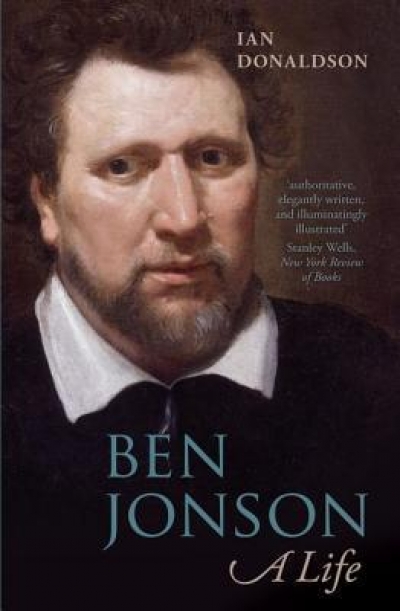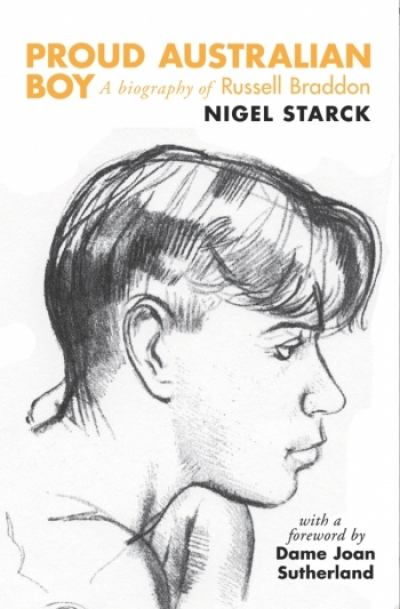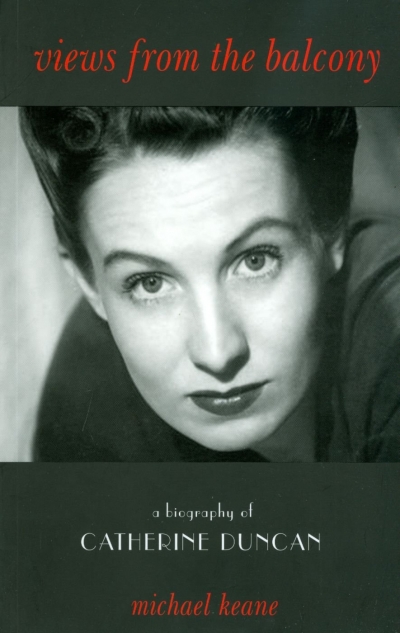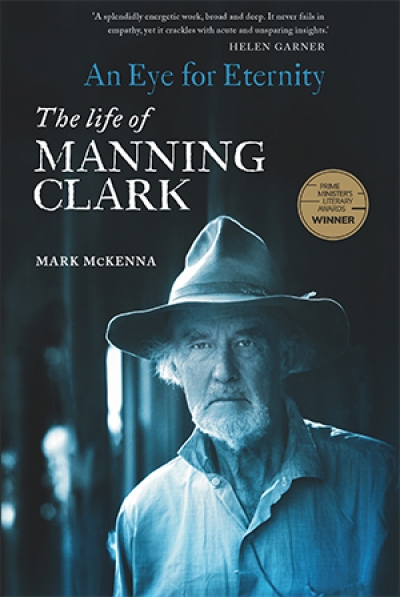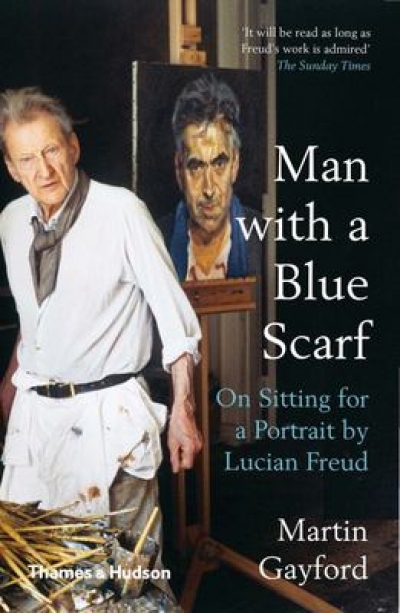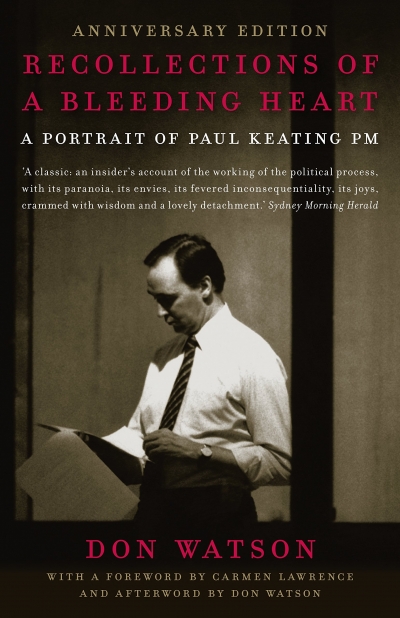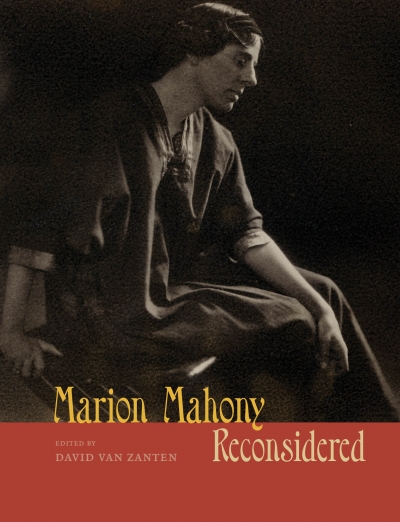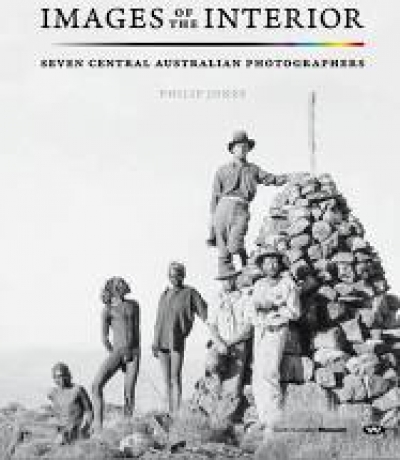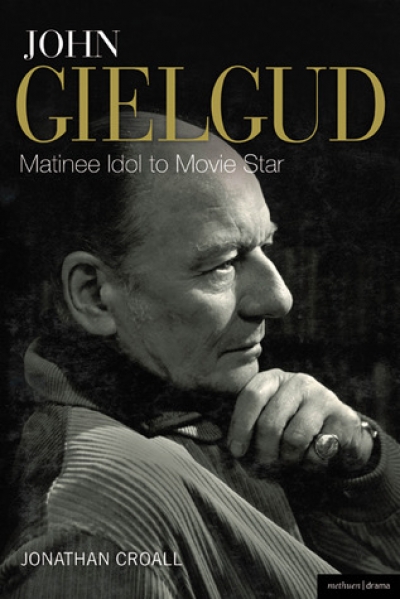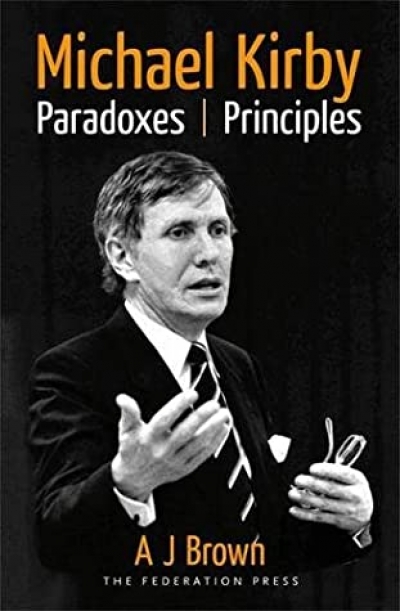Biography
Proud Australian Boy: A Biography of Russell Braddon by Nigel Starck
by John Ellison Davies •
Views From The Balcony: A Biography of Catherine Duncan by Michael Keane
by Desley Deacon •
An Eye for Eternity: The Life of Manning Clark by Mark McKenna
by Norman Etherington •
Man with a Blue Scarf: On sitting for a portrait by Martin Gayford
by Angus Trumble •
Recollections of a Bleeding Heart: A Portrait of Paul Keating PM, Second Edition by Don Watson
by Glyn Davis •
Images of the Interior: Seven Central Australian Photographers by Philip Jones
by Helen Ennis •
John Gielgud: Matinee Idol to Movie Star by Jonathan Croall
by Brian McFarlane •

